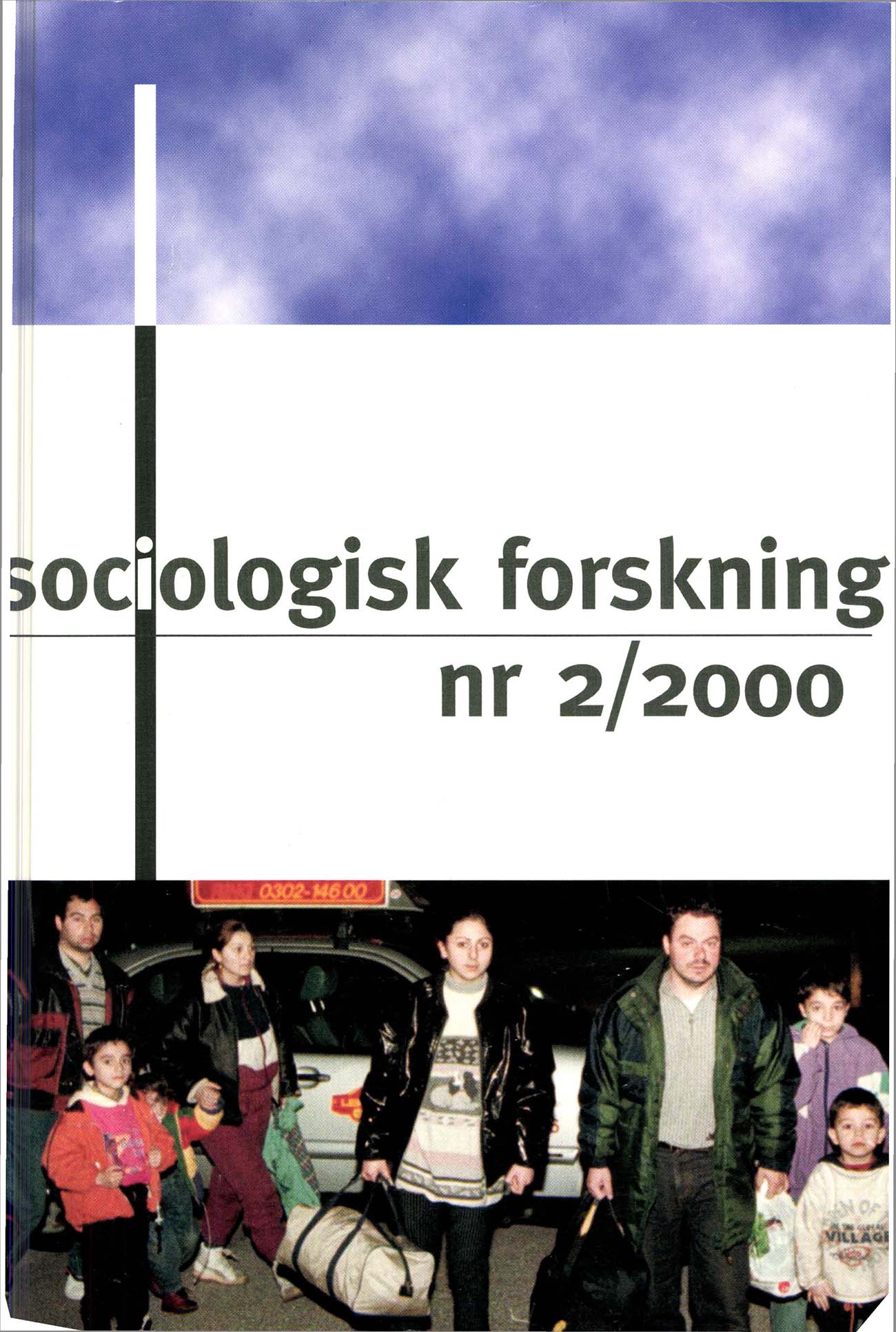Hundra år av könssegregering på den svenska arbetsmarknaden
DOI:
https://doi.org/10.37062/sf.37.19476Nyckelord:
sex segregation, labour market, labour force participationAbstract
A hundred years of sex segregation in the Swedish labour market
Women have composed a substantial part of the Swedish labour force throughout the 20th century. This article provides a brief outline of some debates and processes that directly or indirectly affected women’s labour force participation and the sexual division of labour in non-agricultural work during the 20th century. The overall purpose is to study trends in horizontal and vertical segregation by sex in the Swedish labour market between 1890 and 1990 using log-linear modelling. The results indicate that the level of horizontal segregation by sex increased the first decades of the 20th century, which to some extent contradicts earlier assertions that the level of sex segregation decreased as women entered new branches during the first decades of the 20th century. Nevertheless, the Swedish labour market is less markedly structured by sex in 1990 than it was in 1890. The trend in vertical sex segregation follows a slightly different pattern. The association between sex and class decreased rapidly during the first decades ofthe 20th century. It then remained unchanged for a long time, but was in 1990 much lower than in the beginning of the century.
Downloads
Publicerad
Referera så här
Nummer
Sektion
Licens
Allt material i Sociologisk Forskning publiceras med omedelbar öppen tillgång (open access), under Creative Commons-licensen CC BY-NC-ND 4.0.
Allt innehåll i tidskriften är fritt tillgängligt utan kostnad och får för icke-kommersiella syften fritt läsas, laddas ned, kopieras, delas, skrivas ut och länkas. Innehållet får dock inte ändras. När innehållet används måste författare och källa anges. Upphovsrätten till innehållet tillhör respektive författare. Inga publiceringsavgifter tas ut.





